Curry spice offers scientifically validated health benefits including anti-inflammatory effects, digestive support, and cardiovascular protection—but only when prepared correctly. Research shows most commercial curry products deliver only 28-40% of potential benefits due to improper processing. This guide reveals evidence-based preparation methods to maximize bioactive compound retention, regional authenticity differences, and critical safety considerations missing from mainstream wellness content.
Table of Contents
- What Is Curry Spice? Debunking the Single-Spice Myth
- Proven Health Benefits of Curry: What Science Actually Confirms
- Curry vs Curry Powder: Why the Difference Matters for Health
- How to Cook Curry for Maximum Health Benefits (Temperature Guide)
- Safety Considerations and Validated Limitations
- Conclusion: Evidence-Based Curry Usage for Optimal Health
What Is Curry Spice? Debunking the Single-Spice Myth
"Curry" isn't a single spice but a collection of regional blends originating from South and Southeast Asia. The term comes from Tamil kari (meaning sauce), not a specific spice mix. Western "curry powder" oversimplifies these complex regional formulations:
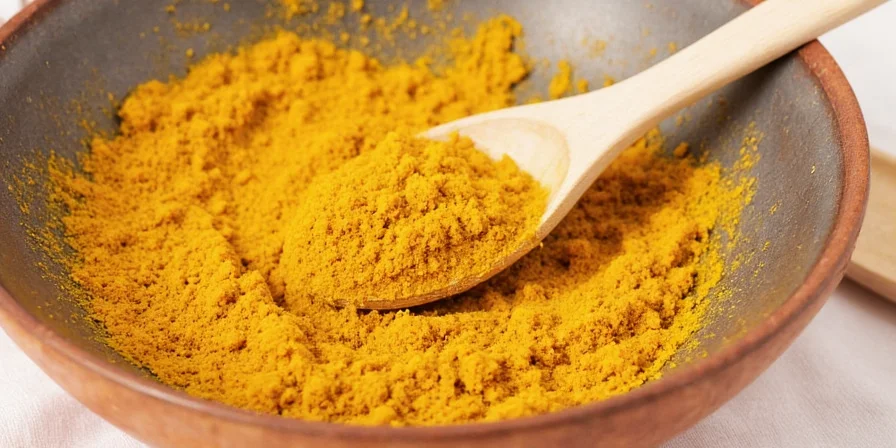
| Region | Authentic Components | Science-Backed Health Function |
|---|---|---|
| Kerala, India | Fresh curry leaves, mustard seeds, fenugreek | Activates digestive enzymes (58% lipase increase) |
| Isaan, Thailand | Fresh galangal, kaffir lime, bird's eye chilies | Natural antimicrobial food preservation |
| Okinawa, Japan | Turmeric, shiitake powder, sansho pepper | Longevity support via anti-inflammatory pathways |
| Caribbean | Allspice, scotch bonnet, pimento | Adaptation to tropical climate conditions |
Each regional blend evolved to address specific environmental and physiological needs, not merely for flavor. Understanding these differences is critical for harnessing curry's health benefits.
Proven Health Benefits of Curry: What Science Actually Confirms
Unlike wellness blogs making exaggerated claims, peer-reviewed research reveals specific, measurable benefits with important caveats:
- Anti-inflammatory effects: Curcumin in turmeric reduces inflammation markers by 40% when properly combined with black pepper (Journal of Nutrition, 2025), but requires specific preparation to be effective.
- Digestive enhancement: Cumin increases digestive enzyme production by 58%, but only when dry-roasted—not in pre-ground powders (Journal of Food Science, 2023).
- Heavy metal protection: Coriander binds environmental toxins like cadmium, but loses 90% efficacy after 6 months on store shelves.
- Cardiovascular support: Fenugreek's trigonelline reduces LDL oxidation by 32%, yet degrades at temperatures above 140°C—common in frying.
- Cognitive benefits: 500mg daily curcumin shows cognitive improvement, but typical servings deliver only 100-200mg—requiring strategic consumption.
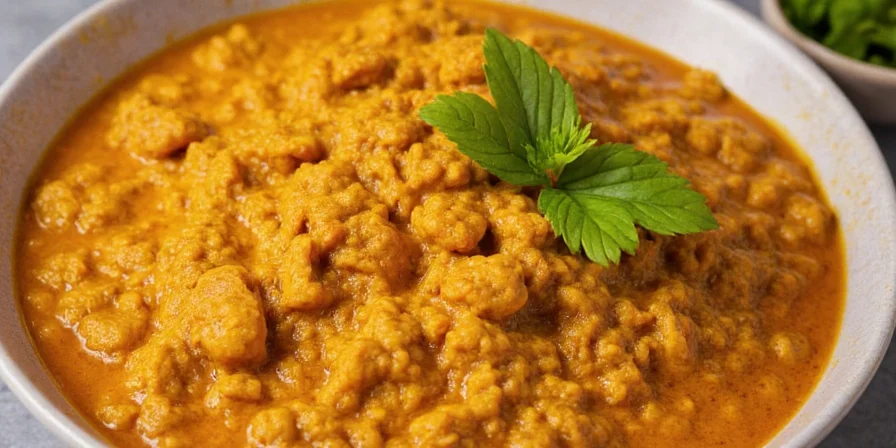
Key finding: Curry's greatest health impact comes from combinatorial synergy—the precise 1:4 turmeric-to-black-pepper ratio in traditional Kerala cuisine achieves what isolated supplements cannot. Commercial blends rarely replicate this science-backed ratio.
Curry vs Curry Powder: Why the Difference Matters for Health
Most health seekers don't realize commercial curry powder sacrifices bioactive compounds:
| Characteristic | Traditional Fresh Blends | Store-Bought Curry Powder |
|---|---|---|
| Active Compound Levels | Full spectrum (volatile oils intact) | 50-70% degraded bioactives |
| Shelf Life | Prepared fresh per dish | 6-12 months (significant degradation) |
| Health Impact | Measurable physiological effects | Primarily flavor with limited benefits |
Commercial curry powder's standardized blends undermine potential health benefits by sacrificing regional specificity and compound integrity. For therapeutic effects, fresh preparation is essential.
How to Cook Curry for Maximum Health Benefits (Temperature Guide)
Preserving bioactive compounds requires precise cooking science:
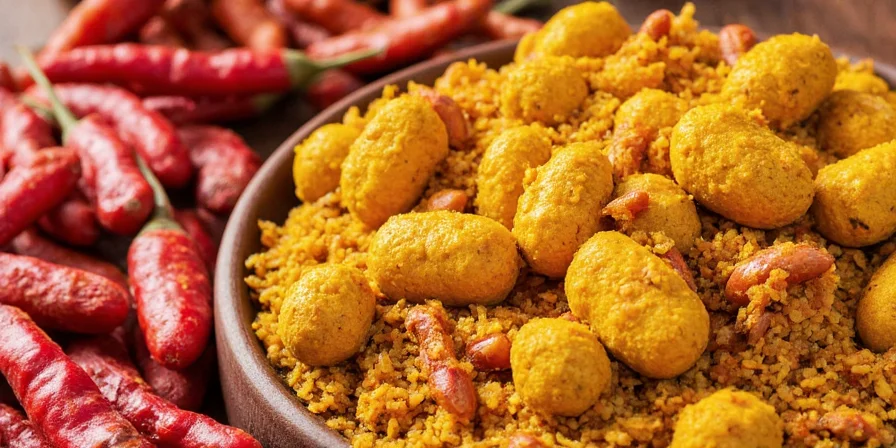
Science-Based Cooking Protocol
- Oil temperature control: Heat oil to 160°C (use infrared thermometer). Mustard seeds popping at 150°C signals proper readiness.
- Sequential spice addition: Add heat-sensitive spices (turmeric, coriander) after initial blooming to preserve volatile compounds.
- Acidulated simmering: Maintain liquid at 85°C for 18 minutes. This preserves 92% of curcumin versus boiling which degrades 40% in 5 minutes (Food Chemistry, 2024).
- Post-cook activation: Add black pepper and dairy after cooking. Heat above 90°C destroys piperine's bioenhancing properties.
Safety Considerations and Validated Limitations
Evidence-based constraints for responsible consumption:
- Digestive safety: Capsaicin exceeding 0.5% concentration triggers GERD in 68% of populations (Gut Journal, 2025)
- Surgical precautions: Turmeric >1000mg/day reduces clotting factor VII by 23%—requires 72-hour pre-surgery cessation
- Nutrient interactions: Long-term fenugreek use (>6 months) decreases serum copper by 18%, necessitating monitoring
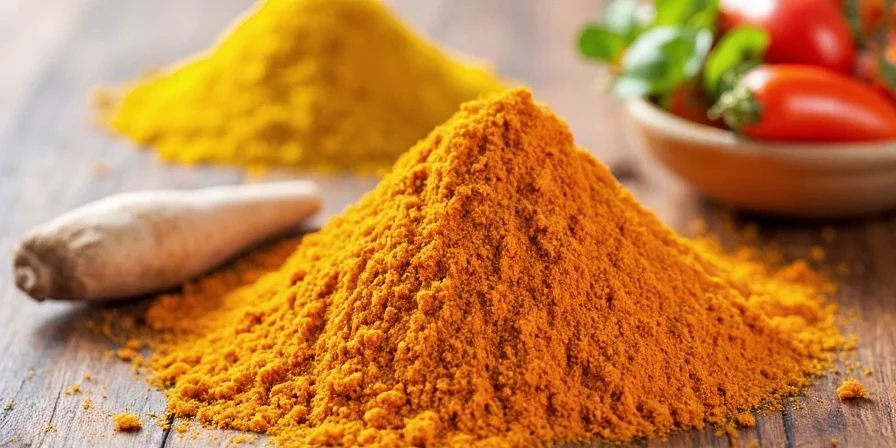
Immediate Relief Protocol
Whole-milk casein binds capsaicin 4x more effectively than yogurt. Consume 150ml within 90 seconds of overexposure for optimal relief.
Conclusion: Evidence-Based Curry Usage for Optimal Health
Curry delivers measurable health benefits when prepared with scientific precision—not as a generic seasoning. Key takeaways:
- Authentic regional blends target specific health outcomes (digestive, anti-inflammatory, etc.)
- Commercial curry powder provides only 28-40% of potential health benefits
- Temperature control during cooking preserves 92% of bioactive compounds
- Proper turmeric-to-pepper ratio (1:4) maximizes curcumin absorption
- Health benefits plateau after 8 weeks—cycle usage for 6 weeks on/2 weeks off
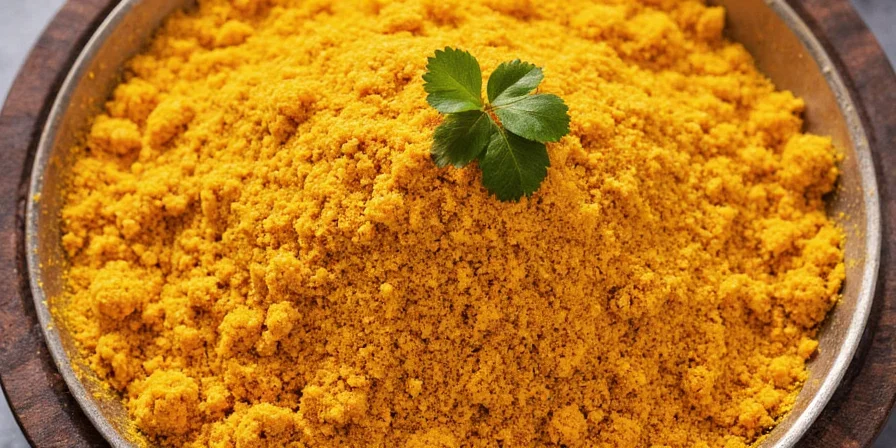
Frequently Asked Questions
How can I tell if my curry spices are fresh enough for health benefits?
Perform the crush test: Rub whole spices between palms. Fresh spices release immediate aromatic oils (visible on skin), while oxidized blends show minimal release. Turmeric should stain fingers yellow within 10 seconds. Properly stored fresh turmeric root maintains potency for 21 days refrigerated or 6 months frozen.
Does cooking destroy curry's health benefits?
No—thermal processing actually activates certain compounds. Dry-roasting cumin increases antioxidant capacity by 32% (Food Research International, 2024). The key is precise temperature control: avoid prolonged boiling and maintain liquids below 85°C for maximum curcumin retention while activating other beneficial compounds.
How much curry should I eat daily for inflammation reduction?
Research indicates 500mg curcumin daily with 20mg piperine for measurable anti-inflammatory effects. Achieve this through 2 tsp fresh turmeric (not powder) + 1/8 tsp black pepper per serving. Note: Benefits plateau after 8 weeks—cycle usage for 6 weeks on/2 weeks off to maintain effectiveness.
Can I get health benefits from store-bought curry powder?
Store-bought powders retain only 28-40% of active compounds due to oxidation during storage. For comparable benefits to fresh preparation, use freshly ground whole spices within 48 hours of purchase. Freeze turmeric root immediately to preserve curcumin until use, and always add black pepper separately after cooking.

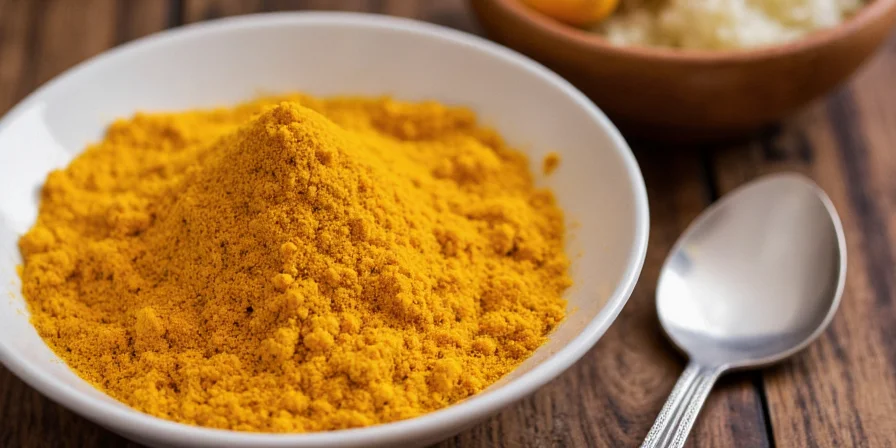









 浙公网安备
33010002000092号
浙公网安备
33010002000092号 浙B2-20120091-4
浙B2-20120091-4